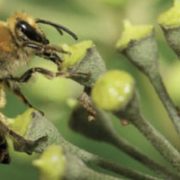
The importance of pollen chemistry in evolutionary host shifts of bees
Careers, Plant Science Research Weekly, Research, Research Blog0 Comments
/
Some bees are generalist pollinators that gather pollen from a wide range of species, whereas others are specialists that visit only one or a few species. Vanderplanck et al. examined floral traits of the host plants of two different groups of generalist bees. There was no significant correlation between…
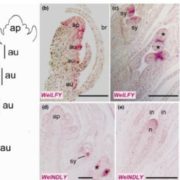
Welwitschia mirabilis sheds light on ancestral mechanisms prefiguring floral development ($)
Plant Science Research Weekly, Research, Research BlogIn order to look at the origins of flowers, Moyroud et al. looked at reproductive controls in the gymnosperm Welwitschia mirabilis, which, as the authors say, is a good model because, “Although the plant body is famously bizarre, the reproductive structures are generalized.” Furthermore, its male…

Proteomics of two differently pathogenic races of Fusarium oxysporum
Plant Science Research Weekly, Research, Research BlogFusarium oxysporum is a fungal pathogen of plants. F. oxysporum f. sp. conglutinans (Foc) causes fungal wilt in cabbage. Two races have been identified, with Race 2 being much more pathogenic than Race 1. Li et al. used a proteomic approach to investigate the origin of Race 2’s enhanced pathogenicity.…
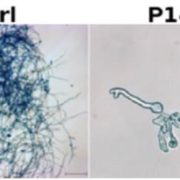
Sterol-binding activity of PR-1 contributes to its antimicrobial activity ($)
Plant Science Research Weekly, Research, Research BlogPATHOGENESIS-RELATED 1 (PR-1) protein was identified 50 years ago as a small protein induced in response to pathogens, but its mode of action has remained obscure. PR-1 is a member of the CAP family (cysteine-rich secretory protein, antigen 5, and pathogenesis-related 1). These proteins share a 150…

Structure of SHR–SCR heterodimer bound to BIRD/IDD transcriptional factor JKD
Plant Science Research Weekly, Research, Research BlogStructural biology provides a key link between genotype and phenotype. Hirano et al. probe the structure of a heterodimer of plant-specific GRAS family transcriptional regulators [SHORT-ROOT (SHR) and SCARECROW (SCR)] as bound to the transcription factor JACKDAW (JKD). The GRAS family proteins (encoded…
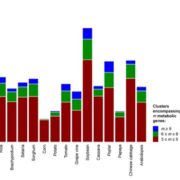
Genome-wide prediction of metabolic enzymes, pathways and gene clusters in plants
Plant Science Research Weekly, Research, Research BlogA considerable knowledge gap remains between the plant genome and the plant metabolome. To address this, Schläpfer et al. have developed a computational pipeline to identify metabolic enzymes, pathways, and gene clusters. Although metabolic genes are known to cluster in bacteria and fungi, until recently…
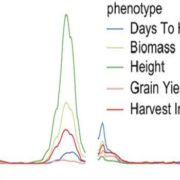
Field-based high throughput phenotyping identifies genes controlling yield in rice
Plant Science Research Weekly, Research, Research BlogThe classic art of plant breeding involves carefully examining a genetically segregating population for traits of interest. Increasingly, high-throughput, automated phenotyping systems are being used; for example, robots can carry plants to imaging chambers for data collection. However, growth-chamber…
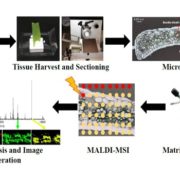
Technical Advance: Distribution of thylakoid membrane lipids among individual cells of maize leaf ($)
Plant Science Research Weekly, Research, Research BlogThe distribution of metabolites in tissues can be determined in situ through the technique Mass spectrometry imaging (MSI) with matrix-assisted laser desorption ionization (MALDI) (also known as MALDI-MSI). Duenas et al. used MALDI-MSI to analyze the distribution of thylakoid membrane lipids in maize,…
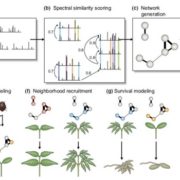
Review: The cryptic chemical traits that mediate plant community composition
Plant Science Research Weekly, Research, Research BlogPlants produce a huge variety of specialized metabolites, many with roles in defense. Metabolic profiles rarely follow phylogenetic lines; in fact, closely related species often produce dramatically different suites of metabolites. When it comes to defense chemistry, it is advantageous to be different…

